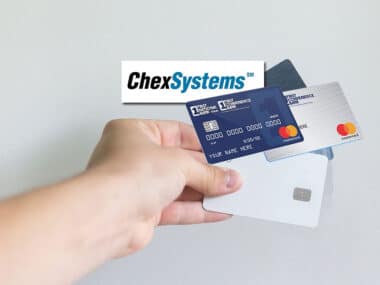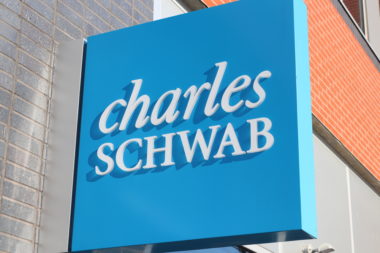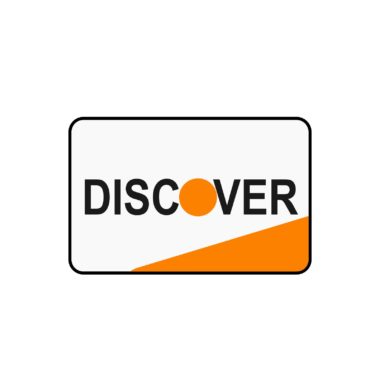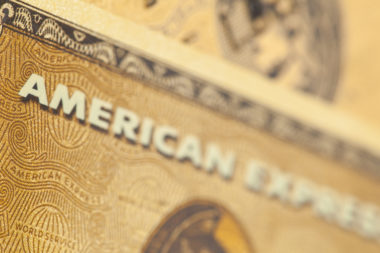Opening a checking account online is a quick and easy way to get started with a bank without actually visiting a physical branch. If you’re opening an account with an online bank — a bank that doesn’t have any brick-and-mortar locations and conducts transactions electronically — then applying online is your only option. However, even more traditional banks are beginning to offer the option to open accounts online.
The primary benefit of applying for a checking account online is convenience. In most cases, it only takes a few minutes, and you can begin using the account as soon as you are approved. Some banks even offer incentives for doing so, such as account opening bonuses, extra features, or reduced fees. Online banks also typically offer higher interest rates than their brick-and-mortar counterparts, so they are an appealing option when you want to make the most of your money but don’t need regular access to a branch.
BBVA is a leader in this space and specializing in online checking. Some of their benefits feature FREE of a monthly service charge, no ATM fees nationwide at more than 64,000 AllPoint, participating 7-Eleven, and BBVA USA ATMs, and they offer a FREE BBVA Visa Debit card. Learn more here.
What Do You Need to Open a Checking Account Online?
Opening a checking account online is typically a simple process for applicants. Start by visiting the website of the bank you want to work with, and follow the links to open a new account. Most will provide a list of documents you need to complete the application. In most cases, this includes:
- General information, including your name, address, phone number, and date of birth;
- Your Social Security number or noncitizen identification number;
- Your driver’s license or passport;
- Information about your previous address if you’ve lived in your current home for less than two years.
You’ll also need to provide information about your existing bank account (i.e., routing number and account number) or your debit card; be prepared to make an initial deposit.
Applying for a Checking Account Online
Once you’ve collected all of your documents, follow the prompts on the bank application page to provide the requested information. To establish the account, you’ll have to make a deposit. The amount required varies by bank, and may be as low as $5.
Online banks typically require applicants to transfer the initial deposit electronically via a debit card or automated clearing house (ACH) deposit. If the bank has physical branches, you may be able to complete the online application and make the deposit in person, but that will delay the account opening.
Once you’ve submitted your application, the bank will alert you to the next steps. In the past, online applications needed confirmation with a signature card, which the bank would mail to you to sign and return. However, most banks now accept electronic signatures. If you need a checking account quickly, check the bank’s signature requirements before applying, to ensure that you won’t be delayed by a signature requirement.
The final step before your account is open is verification. The bank will verify your banking history before approving the account. This is typically done by requesting a report from one of two companies: ChexSystems or Early Warning Services. These reports detail your banking history. If you have a history of account mismanagement, returned checks, unpaid fees, or bank-closed accounts, it’s possible that the bank will decline your application for a new account.
Most of the time, the bank verification process only takes a few moments, and you’ll have an answer about your account right away. If you’re approved, you’ll be able to make electronic transfers into and out of your account and deposit checks. You’ll also receive the information you need to set up direct deposit with your employer, if desired. If you requested paper checks or an ATM/debit card, the bank will mail them to you within a few days.
If the bank declines your application, you’ll be notified in writing within a few days. Under the terms of the Fair Credit Reporting Act, the bank is required to provide a notice of adverse action that includes the reasons for their decision and information about where they got the information. You have the right to dispute the information contained in the report. You can also ask the bank to reconsider, or explore other banking options, including second-chance bank accounts.
Traditional vs. Online-Only Banks
In terms of checking accounts, the differences between traditional and online-only banks are subtle, and mostly limited to fees, interest rates, and access. Both types of bank offer direct deposit, electronic and mobile banking, debit cards, and options for overdraft protection. Also, online banks are bound by the same regulations as traditional banks, and your deposits are protected by the Federal Deposit Insurance Corporation (FDIC).
Where online banks tend to have the advantage is in interest and fees. Online banks typically offer higher interest rates on checking and savings accounts, often many times higher than those offered by traditional banks, and with lower minimum balance requirements. In fact, online checking counts are more likely to be high-yield accounts, whereas not all traditional banks pay interest on checking accounts.
Account fees are also generally lower, especially when it comes to using ATMs. Traditional banks typically offer their own ATMs and belong to a network of ATM providers. Customers can use those machines without fees, but are charged to use machines outside of the network. In contrast, online banks allow customers to use any ATM, and typically reimburse any fees they are charged (check with your online bank of choice, as this varies).
There are some limitations to using an online bank, though. In most cases, you cannot deposit cash, and all customer service is handled via phone or electronic communication. Some online banks also do not provide paper checks. Otherwise, you can use your online checking account the same way you would a traditional one.
If you’re considering opening a new online checking account, be sure to check out BBVA Online Checking who proudly serve 2.2 million U.S. customers for their banking.
Image Source: https://depositphotos.com/





